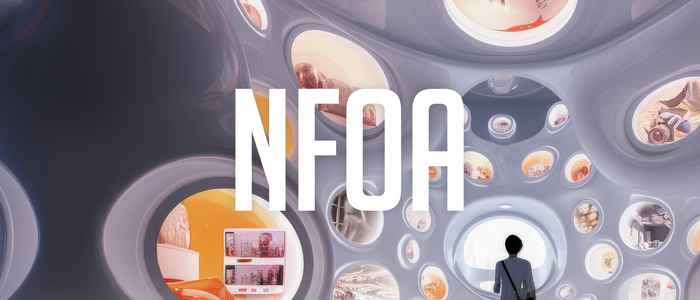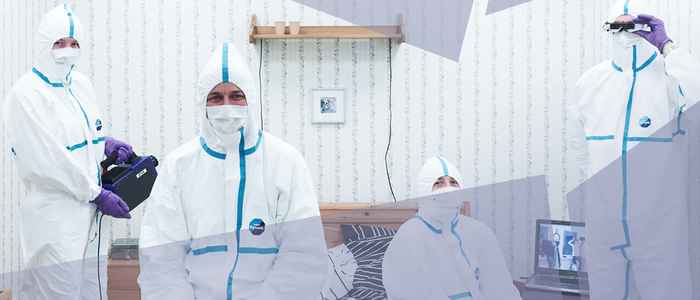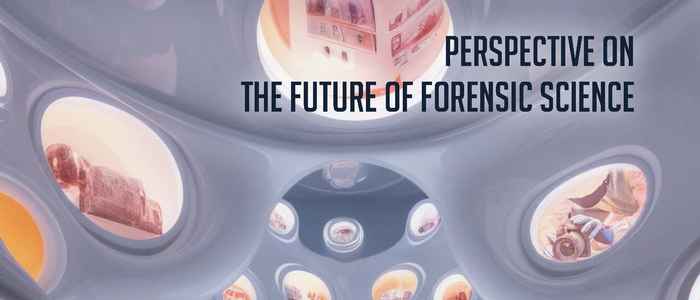Reconstruction is at the heart of forensic truth-finding: what happened, when, and who was involved? Using traces, scenarios, and mathematical models, forensic experts aim to reconstruct events. This requires multidisciplinary knowledge in areas such as behavioral science, biomedical evidence, and physical processes. The interpretation of traces like bloodstains, DNA transfer, or fracture patterns also requires transparency and statistical grounding. Furthermore, visualizing scenarios through understandable animations for judges and juries is essential. Without reconstruction, there is no understanding of what happened – and without understanding, there can be no fair judicial decision.
Forensic reconstruction addresses ...
- Typical forensic questions and potential research ideas:
- Which scenarios explain blood spatter distribution in a stabbing incident?
Research idea: Develop and validate simulation models for bloodstain pattern analysis in violent incidents. - How can it be determined whether an injury is the result of violence or accident?
Research idea: Use biomechanical models to link injury types to levels of applied force. - How can you visualise scenarios in a comprehensible and legally valid way?
Research idea: Design visual aids for courts that illustrate uncertainty and scenario comparison.
- Which scenarios explain blood spatter distribution in a stabbing incident?

Sometimes forensic research of a single minimal trace can lead to a breakthroughNFOA






